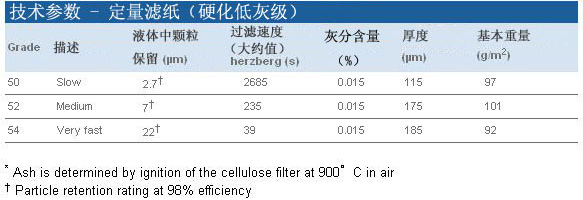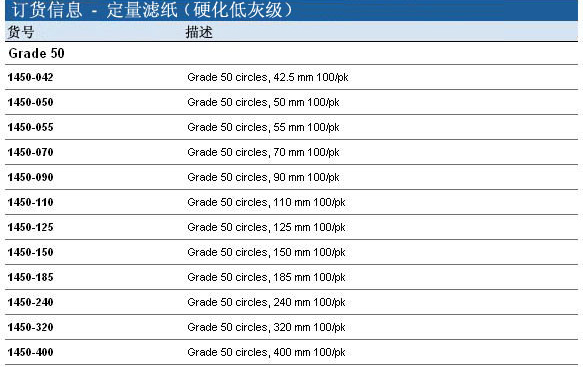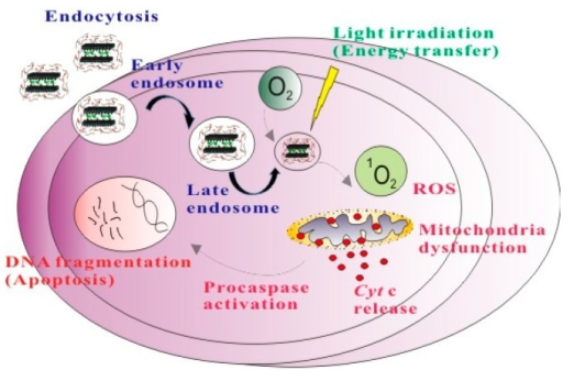上海金畔生物科技有限公司提供人动脉粥样硬化外周血单个核细胞 ,欢迎访问官网了解更多产品信息和订购。
人动脉粥样硬化外周血单个核细胞
product name:Human Artherosclerosis Peripheral Blood Mononuclear Cells(人动脉粥样硬化外周血单个核细胞);
cat no:ABC-TC4346;
Size/Quantity:1 vial;
Biosafety Level:1;
Shipping Info:Dry Ice;
Storage:Liquid Nitrogen;
Description:Atherosclerosis is a condition where the arteries become narrowed and hardened due to a buildup of plaque around the artery wall. It is also known as arteriosclerotic vascular disease.;
Quality Control:All cells test negative for mycoplasma, bacteria, yeast, and fungi;
Application:For research use only.
上海金畔生物代理Accegen在中国的业务。
上海金畔生物科技有限公司:
一、辐射五大服务方向:
国内试剂耗材经销代理;
国外试剂订购(直订或境外代理);
基因组测序(二代、二代+三代);
基因分型(SNP检测):低/中/高通量项目;
生物样本运输;
二、多家代理品牌,涉及30多种,经营代理500多个品牌:
Accegen、Intact Genomic、Sigma、Epigentek、ThermoFisher、DNA Genotek、USA Scientific……
所有生物试剂耗材都可以进口,特别是冷门品牌,价格优,货期短,可加急。大部分客户我们提供货到付款服务,上海金畔自成立依靠过硬的服务和良好的信誉与各大企事业单位、科研单位建立长期合作。
专业订购国内外试剂耗材,常备现货,一手货源,欢迎合作



